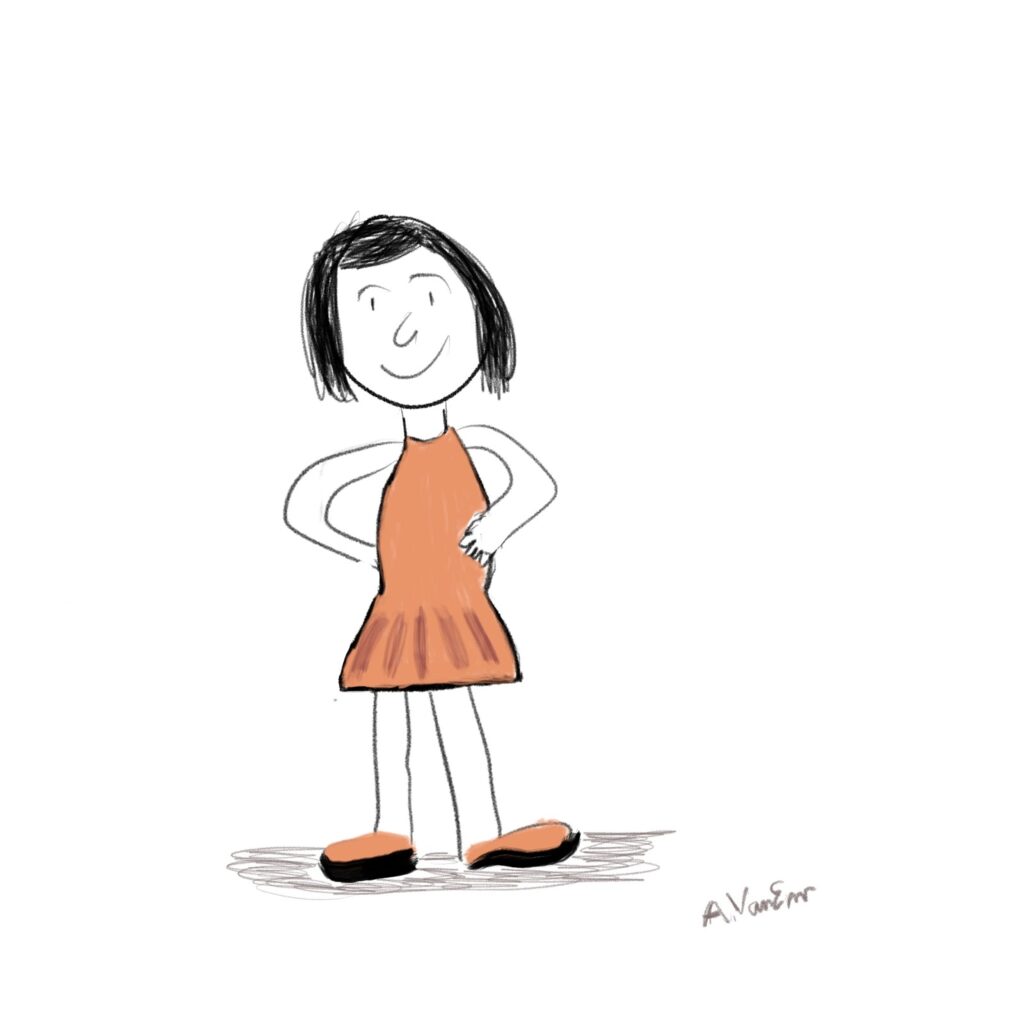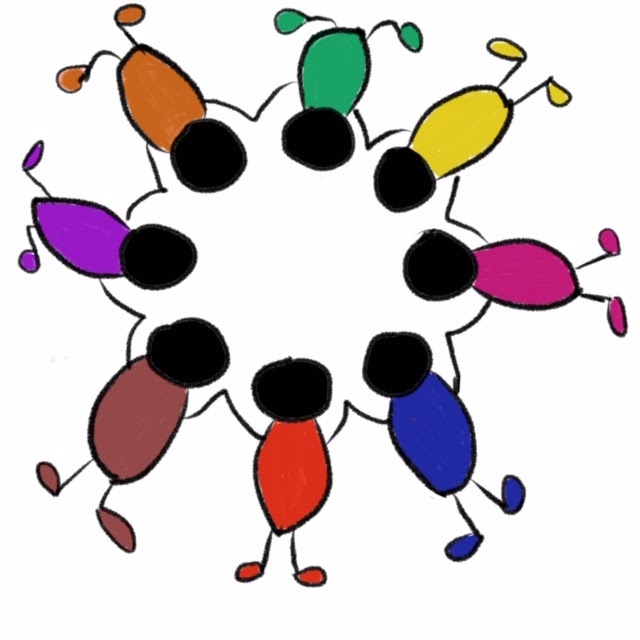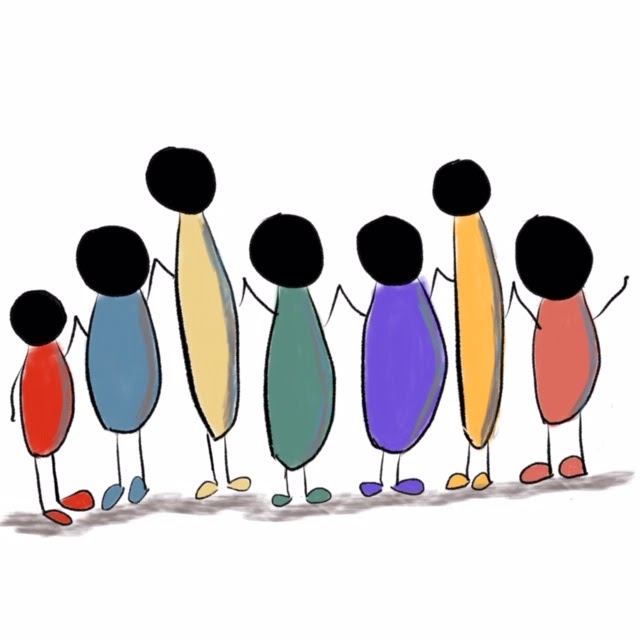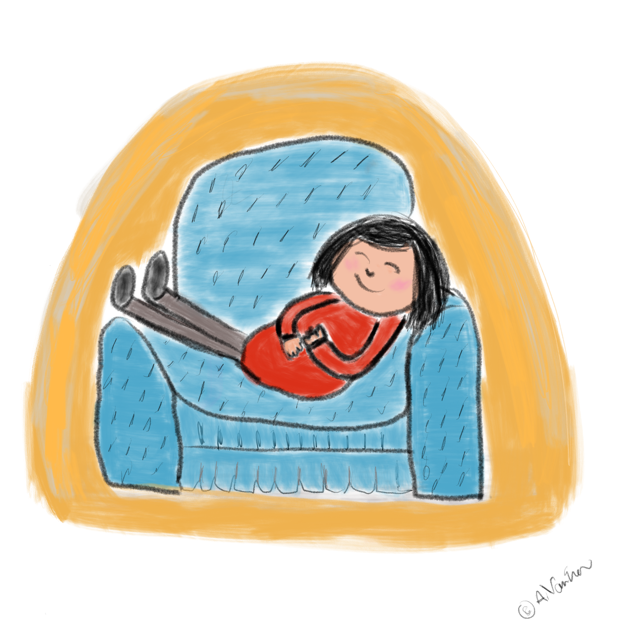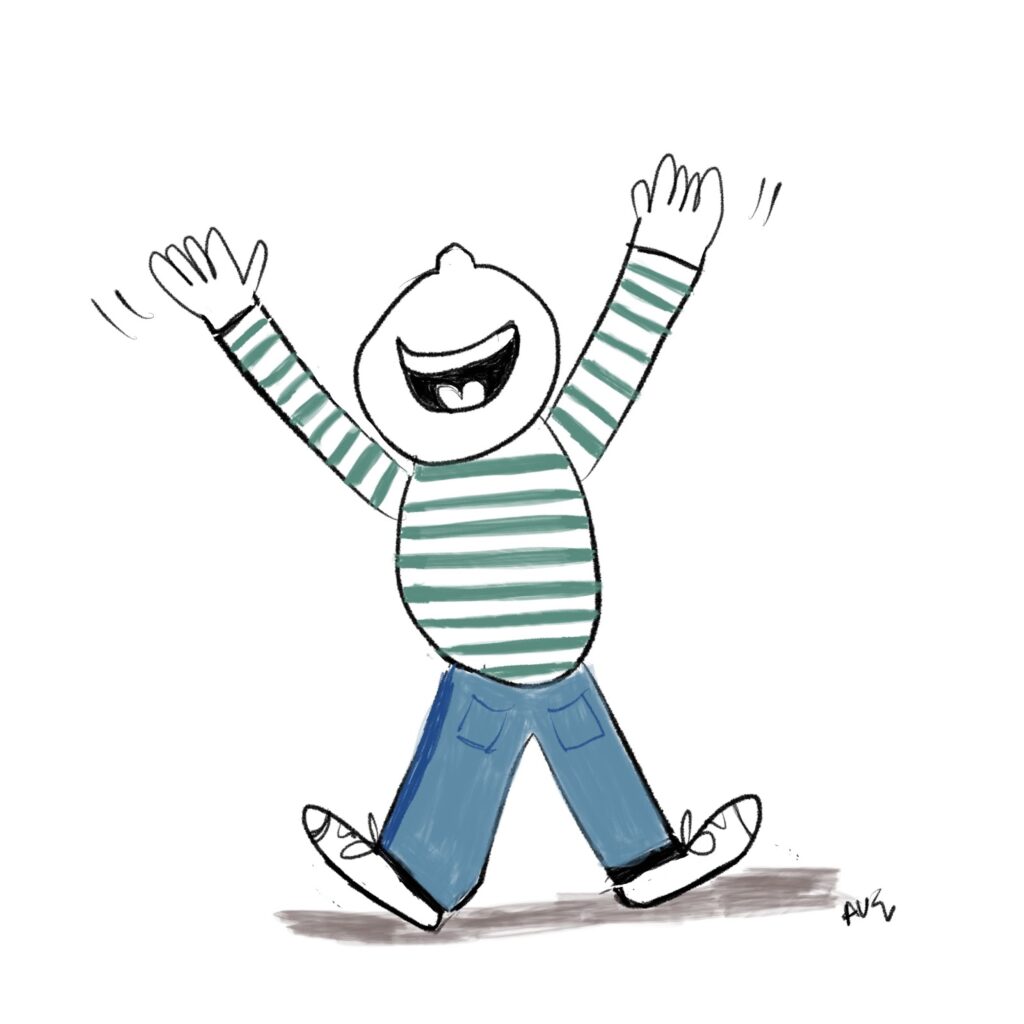
How do we cope with the rapid pace of uncertainty? Life as we know it is changing before our eyes with the spread of the Coronavirus. It is natural to fear the unknown and feel out of control.
First, we need to manage the shock and appreciate “what is.” We can give ourselves and those around us empathy and compassion. We can acknowledge our stress and fear of the unknown. Will we and our loved ones become ill? What will happen to our jobs and livelihoods? Will our retirement funds rebound or be lost? How long will we be shuttered? How will we handle the social isolation? We need to recognize that each of us will be at different phases of accepting our new reality. And we will cycle through various emotions as things unfold.
While we cannot control the outcome, we can use this as a time to manage our response. We can shift from fear and contraction to choosing to be open and curious. We can catch ourselves when we are fearful and shift to being curious about what may be possible. Our emotions are contagious. When we are open and curious, we support others in also being open to possibility.
Be open for the possibilities. One leader told me that the crisis was bringing his leadership team together and allowing some system changes that have been needed for a while without resistance. There can be more consideration and alignment around priorities. Perhaps we don’t need so many meetings. For some, there is an opportunity to connect with family in a new way. Others share that they are rapidly learning new leadership skills. The CO2 emissions have been reduced. Perhaps you can use the time of being sheltered to write the book you have planned or work on a special project.
Make it your intention to model an open mindset, be curious and find the silver linings.



